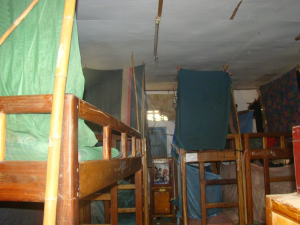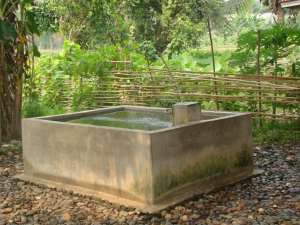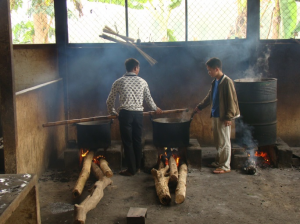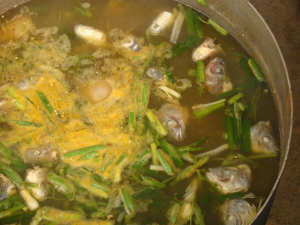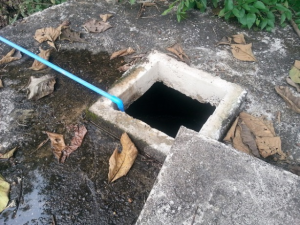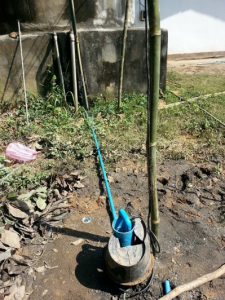Suan Luang Orphanage is situated about 30 minutes away from Luang Prabang in northern Laos. Although Luang Prabang is a favourite spot for tourists, few see the poverty that is just outside the town in the surrounding countryside. 33% of the population live below the national poverty line, and the average age expectancy among local people is just 50 years old! This is due to many reasons including poverty, malnutrition and lack of medical care. The doctors are poorly educated and the hospital system totally inadequate, older people and those with serious diseases are sometimes just left to die.
MSAVLC was made aware of the Suan Luang orphanage by Andrew Brown, an Australian living in Luang Prabang. Andrew has a business there, but he gives much of his time and energy to helping the poor of his community. He told us of the desperate need for a well at the orphanage, and Trustees of MSAVLC visited it in 2013.
The orphanage has 655 children in its care, aged from 11 to 17 years old. Some have no parents at all, and others have families who cannot afford to keep them. There are 51 staff and all the children come from around the Luang Prabang area. The orphanage is partly funded by the Government, but only to the extent of $12 USD per child per month, which is obviously not enough. The Government provides free schooling for these children, some pencils and books. They also provide some basic food, but this is barely enough to feed them all. Andrew supplements this food twice a week with eggs, meat and fresh vegetables.
The Trustees were shown around the orphanage and school. There are about 50 children per class and 12 classes. In one classroom block the roof was in dire need of repair. They were shown the girls’ and boys’ dormitories which were at either side of the dusty school field. They were very grim, the rooms packed solid with bunk beds, almost touching each other, with clothes hung up on them and very little else. They were very dark and dingy inside with no toilets or washing facilities. There were toilet blocks outside the dormitories, but no hand washing facilities in most of them.
Outside the girls’ dormitories was a large tank filled with river water where the children washed their hands and faces and cleaned their teeth, they also washed their clothes in it. They had to bathe in the river which was some distance away. Drinking water had to be purchased and a 20-litre bottle was 4,000 Kip (about 40p), but this soon mounts up, 600 children need a lot of drinking water.
The Trustees were shown the canteen and the kitchen where food was being prepared in large oil drums over huge log fires. The meal that day seemed to contain fish heads, a few vegetables and little else.
A well was desperately needed there and the Trustees agree to fund one for them. It was completed in October 2013, and now supplies the water for all the children in the orphanage.


















